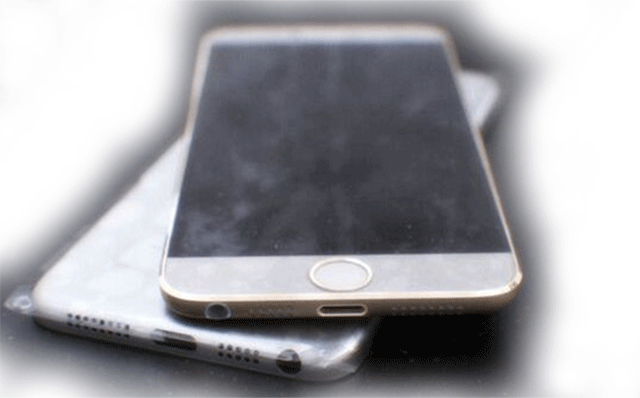
The amount of storage capacity that a smartphone has is one of the most important features in a smartphone these days. Our smartphones can hold so much information that a large allotment of storage is imperative for a long and, for lack of a better term, fruitful life. With our phones expecting to last us at least 2 years in many cases, one of the better ways to ensure a happy consumer is to ensure that they have enough storage to keep up with them for the entire duration of their daily use. With music, videos (some of them being as high quality as 4k now, and most in HD), photos, movies and more, there’s a lot to consider when it comes to how much storage one might actually need in a smartphone.
The typical storage allotments for smartphones these days are 16, 32, and 64GB of internal memory. Some of these smartphones give an added bonus of allowing for external sources to be used for additional memory by use of microSD cards. Others, however, don’t. In those cases, the decision of how much memory you think you will need becomes more imperative as you can never change the amount of memory that you’re able to use.
16GB is a generous amount, but it was an even more generous amount when videos and pictures weren’t as high quality. With that plus the room needed for music and, more importantly, applications, 16GB just doesn’t seem to do itself the same justice these days. With 16GB having been a set standard sometime back in 2011, it would seem that being well into the second half of 2014 that a jump in memory allotment would be warranted at this point. Yes, I think it’s time for devices to make 32GB the lowest amount of internal memory available, and 128GB of memory the new high, which may be just what Apple plans to reveal come September 9th according to recent rumors.
The only question that would be raised out of this is whether this potentially standard raise in memory would raise the price of such devices or not, and if it would be worth the bump in price.
I don’t think that those who still sign contracts would be affected. Every time the memory allotment has increased the standard $199 starting price point, at least on flagships, has always remained a constant. The problem would be for people who are interested in purchasing the phone full price, which may result in a $50-$100 increase. Considering that a microSD card increase in memory would be significantly cheaper, it wouldn’t really be considered a “good” purchase; however, for people who don’t have a problem spending more money and are likely dead set on using a particular phone (or in the case of the iPhone, a particular OS) I suppose the price increase could always be worse.
I do think that devices are due for a bump up in memory allotment. The 16GB model seems outdated for any phone that chooses to only use internal memory; I believe that the HTC One could attribute part of its success to the fact that the lowest amount of memory was 32GB. If I had my way, all phones would offer the use of microSD card extension for memory. I feel like phones that offer this have a leg up on phones that only use internal memory. However, that’s not the way the mobile industry works, and therefore I feel like manufacturers that choose to use internal memory (and only internal memory) need to step up and bump up the allotment.
Images via The News Tribe, Dial A Phone